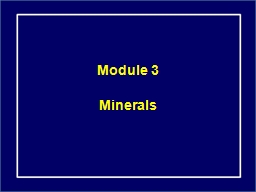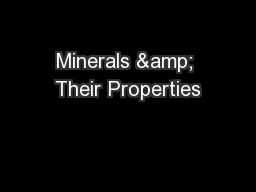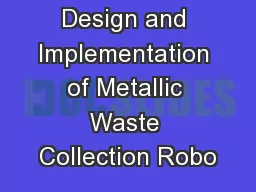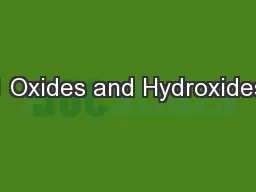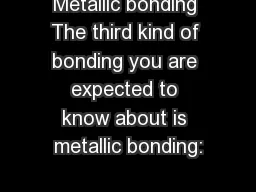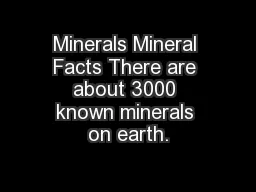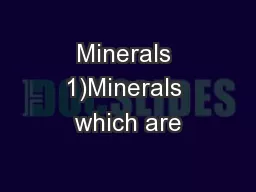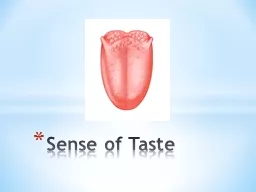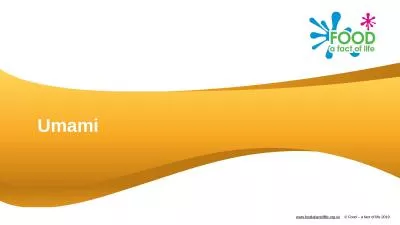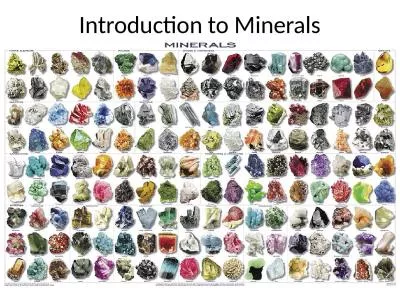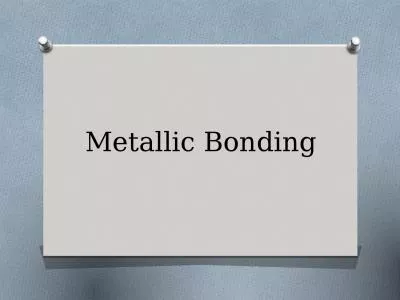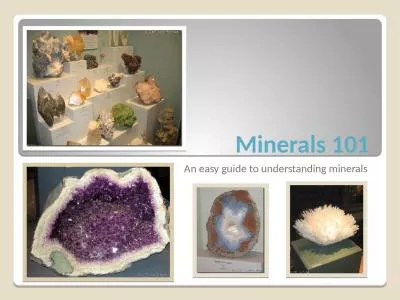PPT-Module 3 Minerals Metallic taste –pregnancy or leaking amalgams
Author : della | Published Date : 2024-02-09
231018 B2 EFAs B6 Folic acid CoQ10 Si B6 Ca Mg P B Caries Calcium fluoride Wobbly teeth Vit C Mn Teeth Cavities Calcium fluoride Wobbly teeth Collagen
Presentation Embed Code
Download Presentation
Download Presentation The PPT/PDF document "Module 3 Minerals Metallic taste –preg..." is the property of its rightful owner. Permission is granted to download and print the materials on this website for personal, non-commercial use only, and to display it on your personal computer provided you do not modify the materials and that you retain all copyright notices contained in the materials. By downloading content from our website, you accept the terms of this agreement.
Module 3 Minerals Metallic taste –pregnancy or leaking amalgams: Transcript
Download Rules Of Document
"Module 3 Minerals Metallic taste –pregnancy or leaking amalgams"The content belongs to its owner. You may download and print it for personal use, without modification, and keep all copyright notices. By downloading, you agree to these terms.
Related Documents

